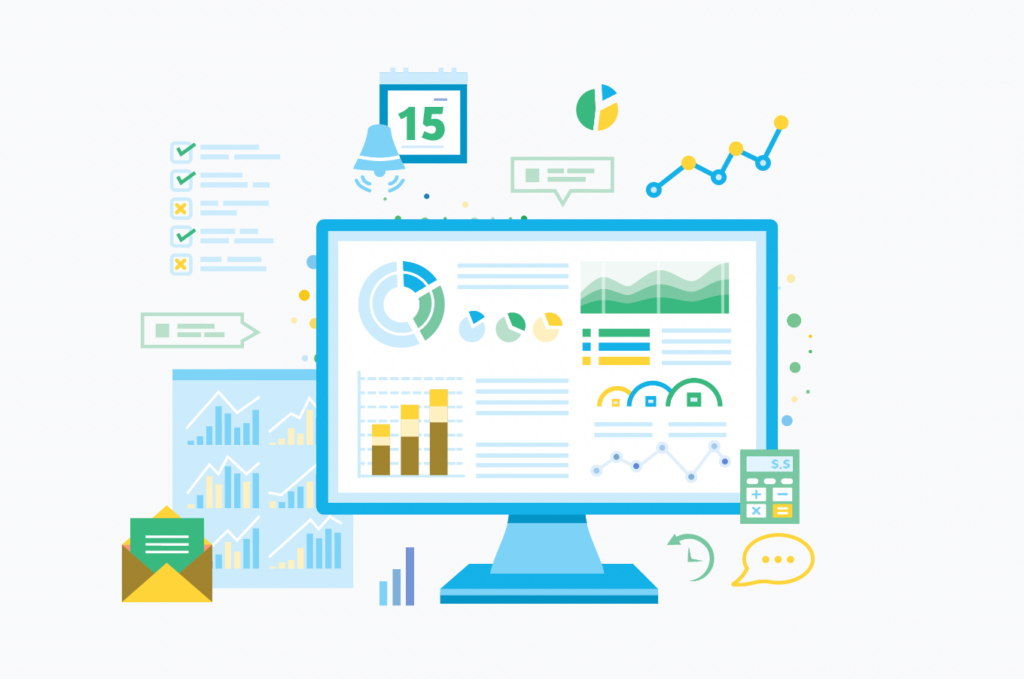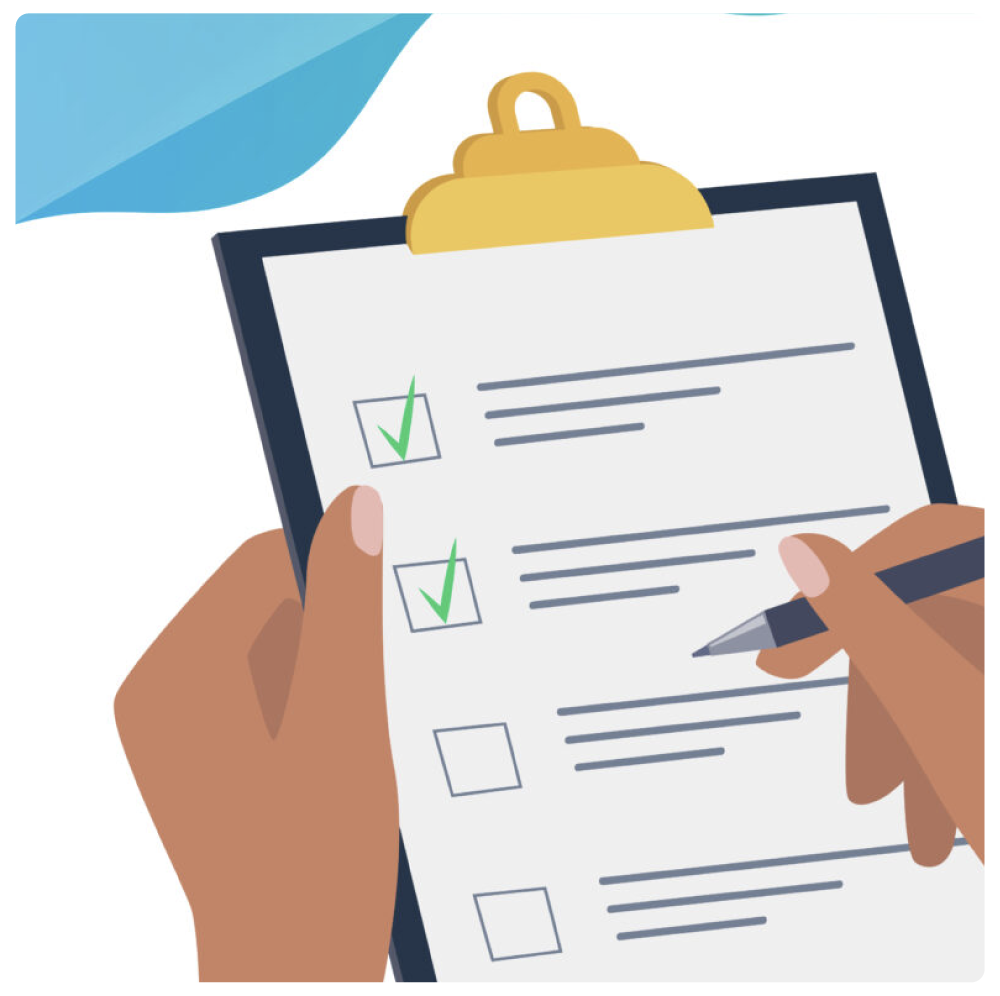Lead flow: What it is & how to implement it

Prioritizing leads and focusing on those with the highest probability of converting is the key to unlocking growth. But how can you effectively separate quality leads from junk ones? The answer lies in effective lead flow management.
What is lead flow?
The term “lead flow” refers to a process by which leads move through your funnel or pipeline. This means storing, filtering, and organizing the collected lead data, regardless of whether you generate the leads or purchase them from a third party.
Lead flow management is a critical component of any successful marketing campaign plan and ensures effective management of leads as they move through the sales funnel, from initial contact to conversion.
The key benefits of lead flow management
- Tracking lead movement through the sales funnel.
- Aligning lead data inputs with existing demand funnels or revenue models.
- Analyzing conversion rates, aging/velocity, and service level agreements (SLAs).
- Aligning lead scoring, routing, and analytics with your business strategy.
- Implementing closed-loop reporting frameworks.
How to implement a lead flow strategy
Businesses should regularly monitor their leads, track key metrics, identify bottlenecks and inefficiencies, and experiment with new tactics to improve results. Here’s a step-by-step outline on how to build your strategy.
Step 1: Defining your ideal customer profile
Understanding your ideal customer’s demographics, needs, pain points, and buying behaviors is necessary in order to generate high-quality leads. This information can be gathered through customer surveys, interviews, and data analysis.
Step 2: Mapping out your sales funnel
Once you have defined your ideal customer profile, you’ll need to map out your sales funnel, including the different stages of the customer journey. For teams looking to uplevel their sales funnel efficiency, streamlining project planning by using solutions like requirements gathering made easy ensures that every stakeholder’s needs are identified and addressed from the start of the lead management process.
Consider leveraging LinkedHelper, an automation tool that can streamline lead generation tasks, such as prospecting and outreach on LinkedIn, to enhance your sales funnel efficiency and effectiveness.
Enhance your networking efforts by leveraging digital business cards. Share these cards on platforms like LinkedIn, including links to your thought leadership content. Brands like Uniqode offer two-way contact sharing options.
Step 3: Setting up lead scoring and prioritization
Lead scoring involves assigning a value to each lead based on their characteristics and behavior. With the help of lead scoring software, businesses can focus on more prioritized leads, enhance marketing and sales efforts, and gain valuable insights about their audience. Integrating RFP automation software into this process allows you to go a step further—streamlines proposal management reduces manual tasks and ensures consistency across your sales documents.
Step 4: Implementing lead nurturing campaigns
Not all leads are ready to convert immediately. It’s important to implement lead nurturing campaigns that provide value to your prospects over time. To enhance the effectiveness of lead nurturing campaigns, you can take advantage of professional services from companies like Novo Marketing, which specialize in creating strategies for effective lead acquisition and retention.
Consider sharing content across various platforms, including social media and blogs. Short videos on platforms like TikTok tend to have high engagement rates. To boost engagement, businesses can use a free QR Generator to create QR codes that seamlessly connect potential leads to exclusive content, promotions, and lead capture pages, driving conversions effortlessly. Boost social proof by obtaining likes from reputable sites.
Additionally, incorporating link-building strategies can amplify your content’s visibility and drive organic traffic to your lead capture pages.
While building your lead flow strategy and transforming leads through the funnel, efficiently managing projects is equally important. Many businesses prioritize optimizing both processes simultaneously to drive success. Whether you’re managing client deliverables or applying for funding, using the best grant management software can provide structured oversight alongside traditional project management tools for agencies, helping streamline operations and align each initiative with your lead objectives.
Step 5: Facilitating lead routing and follow-up processes
Once a lead has been identified as qualified, it needs to be routed to the appropriate sales representative for follow-up.
Step 6: Maintaining a consistent flow strategy
Having a consistent strategy for lead management helps your business grow and sustain its customer base. Additionally, implementing a robust business phone service can significantly enhance lead generation by enabling effective call monitoring and tracking.
How to enhance your lead nurturing flow
Here are a few impactful tips to enhance your lead nurturing flow and move prospects closer to conversion:
Segment your leads
Not all leads are the same – group them based on behavior, interests, source, or funnel stage. This allows you to deliver more personalized and relevant messages that drive engagement.
Use multi-channel touchpoints
Combine email, SMS, retargeting ads, and even phone follow-ups to stay top of mind. Different leads respond better to different channels – don’t rely on just one.
Time your messaging strategically
Use automation to send follow-ups based on actions (e.g., link clicks, form submissions, or downloads). Timely, context-aware messaging increases your chance of response.
Offer value at every step
Share content that addresses your leads’ pain points or questions – like case studies, how-to guides, webinars, or comparison sheets. The goal is to educate, not just sell.
Incorporate lead scoring
Track how leads interact with your content and adjust their score accordingly. Use that score to trigger sales outreach or move leads to different nurture tracks.
Test and optimize
Monitor open rates, click-throughs, and conversions. Run A/B tests on subject lines, send times, CTAs, and content to continuously improve performance.
Lead flow software
Using lead flow software is a strategic move for businesses looking to streamline their lead management processes and maximize conversion rates. Lead flow software automates the capture, tracking, and nurturing of leads, ensuring no potential customer falls through the cracks.
By employing this software, businesses can significantly enhance their efficiency, allowing sales teams to focus on high-priority leads and personalized engagement. When choosing lead flow software, look for features such as real-time lead tracking, integration with CRM systems, automated lead scoring, and robust reporting tools. Investing in lead flow software ultimately leads to improved lead quality, higher conversion rates, and a more organized approach to customer acquisition.
LeadConduit
ActiveProspect’s LeadConduit allows you to build custom automated lead flows to make real-time decisions on leads to filter unwanted leads and identify high-quality prospects before entering a CRM.
LeadConduit’s key features include real-time lead filtering, automated decision-making based on predefined rules, validation and enhancement, and comprehensive reporting tools that help track and measure the performance of lead generation campaigns.
Through an optimized lead flow, businesses can enjoy numerous benefits, including:
Increased speed-to-lead through automated workflows
- Seamlessly capture leads from any source in real time
- Validate, append, and normalize data to improve lead quality
- Deliver clean and accurate data to multiple systems in the appropriate format
Block unwanted leads from entering your systems
- Keep non-compliant leads out with compliance integrations
- Check a lead against any list to avoid duplicate leads
- Eliminate fraudulent leads and known litigators by verifying lead identity and contact information
By leveraging LeadConduit, businesses can bolster their lead generation efforts, increasing efficiency and effectiveness, providing a solid foundation for growth and customer acquisition.
Lead flow examples
The most basic lead flow example within LeadConduit involves a process that accepts leads from a specific source and delivers them to a single recipient in scheduled batches. An advanced lead flow includes modifications to fields, sources, and steps within LeadConduit.
- Fields refer to the specific information from a lead source (name, email, phone number, etc.).
- Sources refer to websites or lead providers who will be sending the determined field information.
- Steps refer to the ability to enhance leads with new information, reject leads that don’t fit your criteria, and deliver the remaining leads to a desired destination (sales team, CRM).
Optimizing and customizing lead flows within LeadConduit ensures efficient and effective lead management, enhancing the overall quality and utility of the leads delivered.
Best practices to optimize lead flow
Optimized lead flow practices can help businesses prioritize and streamline their workflows to achieve maximum conversions. Here are some ways to incorporate these practices into your strategy:

Creating a definitive lead flow lifecycle stage
Defining customer lifecycle stages is an integral part of effective lead management. Sales and marketing teams must establish clear criteria, tailored nurturing plans, and a specific call-to-action for each stage. These six stages help sales and marketing teams understand and categorize potential customers as they progress through the sales funnel:
- Stranger
- Subscriber
- Marketing Qualified Lead
- Sales Qualified Lead
- Opportunity
- Customer
Aligning your lead scoring & grading models
Clearly outlining lead attributes and behaviors can help you determine which leads are a good fit and how interested they are in your offerings. Lead grading shows whether a lead is a good fit, while lead scoring shows how interested they are in your offerings.
Distributing & routing leads effectively
Efficiently distributing and routing leads ensures that the right leads get to the right sales call center representative by assigning each new lead appropriately. This helps to streamline the lead flow process and improve the chances of converting leads into customers.
Building a BDR team
A Business Development Representative (BDR) team is the front line of prospecting or lead qualification before the data is passed onto the sales or accounts team. With a robust BDR team, your organization can maintain efficient and clear sequences for the pre-sales phase.
Running lead-nurturing campaigns
Lead-nurturing campaigns help engage leads and push them through the funnel. You can choose from any of the following nurturing campaigns:
- Product-focused campaigns
- Competitive focus campaigns
- Promotional nurture campaigns
- Further education campaigns
Crafting optimized sales follow-ups
Creating an initial connection with a qualified lead is about building trust and rapport with sales-ready leads through communication. Utilizing a sales portal for timely and personalized messaging can increase the chances of turning your leads into customers.
Scaling your lead flow regularly
Ensure to assess and update your processes on a regular basis. This helps you to keep a close eye on the quality of leads, close rates, relevant workflows, and how efficiently prospects are advancing through the funnel.
Setting up automated lead flow management
Specialized solutions, such as LeadConduit, offer features that facilitate real-time lead optimization to capture and respond to leads as they come in. Explore the hundreds of LeadConduit integrations and add-ons to customize your lead flow.
Takeaways
Optimizing lead flow is crucial for businesses as it saves time, improves close rates, and ensures efficient marketing spend. While real-time lead optimization platforms may require an investment, the benefits of using such tools can outweigh the cost.
LeadConduit enables you to streamline and optimize lead flow management, facilitating real-time lead optimization. Start scaling your lead acquisition with LeadConduit today.







